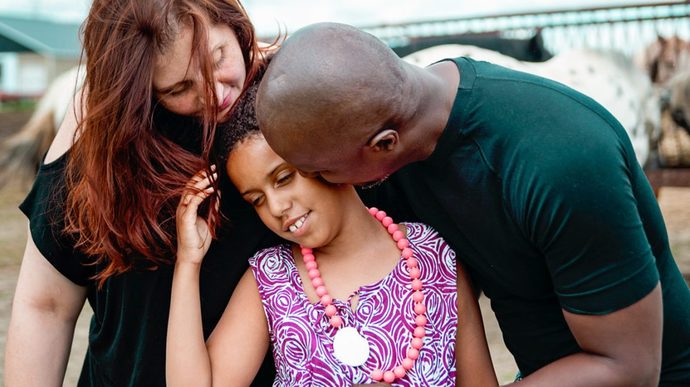I don't expect many people to find themselves interacting with kids with autism for extended periods of time. However, if you do, following the seven tips below should make volunteering or working with the more severe of the bunch much more meaningful!

Quick Overview of Autism
No two individuals with autism present in exactly the same way. Think of being blindfolded and sticking your hand into a bag. You never really know what you're going to get or how severe it will be until you really get to know the person. However, there are constellations of symptoms, such as marked difficulty with interpersonal relationships, repetitive interests and behaviors, obsession with routines, and hypersensitivities, that are common enough to justify the following preparatory steps to make your experience more pleasant.

1) Invest in a pair of hearing protection headphones.
Kids with autism may break into screaming fits when over- or under-stimulated. The screaming may be persistent. For your own protection, have hearing protection headphones available. The best ones are ANSI-certified with a Noise Reduction Rating (NRR) of about 25 or 30 decibels. Do not opt for any noise-cancelling headphones as these do not protect your hearing mechanism. I have found the brand Alpine to be a good choice (see picture below):

2) Get some gloves.
Kids with more severe autism may self-mutilate (i.e., bite or cut themselves until they bleed) and then try to touch you. Therefore, it is best to protect any exposed skin where microscopic cuts invisible to the naked eye could expose you to blood-borne diseases, such as AIDS. The gloves could be any kind you like, but I'd say a pair of standard medical or deli gloves is probably best as you'll want to dispose of it afterwards.

3) Have fidgets available.
Fidgets help kids with autism regulate the amount of sensory input they need to feel ok inside. They help to reduce anxiety, improve focus, and relieve nervous energy. As a good measure, select toys that are not a choking hazard as older kids with autism may have physical deformities and still put items into their mouths. There are loads of fidgets available for under $10. The picture below shows an example of one with a number smooth dots that can be pressed in both directions.

4) Avoid distracting lights, sounds or smells.
Dogs have much more sensitive scent organs than humans do. Pretend for a moment that kids with autism are like dogs in that sense. Therefore, it is best to not exaggerate in terms of perfume usage as it may overstimulate them and trigger poor behavior. The same goes with loud noises and crazy lights. Some kids with autism may not be affected by these things, but if they are, they may freak out because they do not know how to self-regulate their emotions and communicate what they need.

5) Keep the temperature controlled.
To avoid overstimulation, as with the scent-, light- and noise-management tips above, make sure that inside temperatures stay reasonable (i.e., between 70 and 76 degrees) to avoid excess hot or cold which could easily overstimulate a kid with autism and trigger a tantrum.

6) Have an iPad or YouTube Kids available.
Kids with autism are often obsessed with specific YouTube videos or apps and get great joy out of watching the same clips, hearing the same songs, or playing the same games over and over again. Having a smart device available as a back-up to entertain kids with autism if they get overwhelmed is a good idea. They also tend to work much better as a teaching tool than worksheets do in my experience.

7) Have a communication board available.
My last tip is to have a low-tech, laminated communication board available for the kids who are low- or nonverbal. These kids rarely or never speak but instead communicate through gestures and pointing. Some may also have picture cards they use to create sentences or exchange for items from you. Without a communication board or other Augmentative and Alternative Communication (AAC) device available, it will be very difficult to know what kids with more severe autism want from you. (As a caveat, only kids with autism who have been trained to use an AAC will know how to use it effectively.)

Most Helpful Opinions